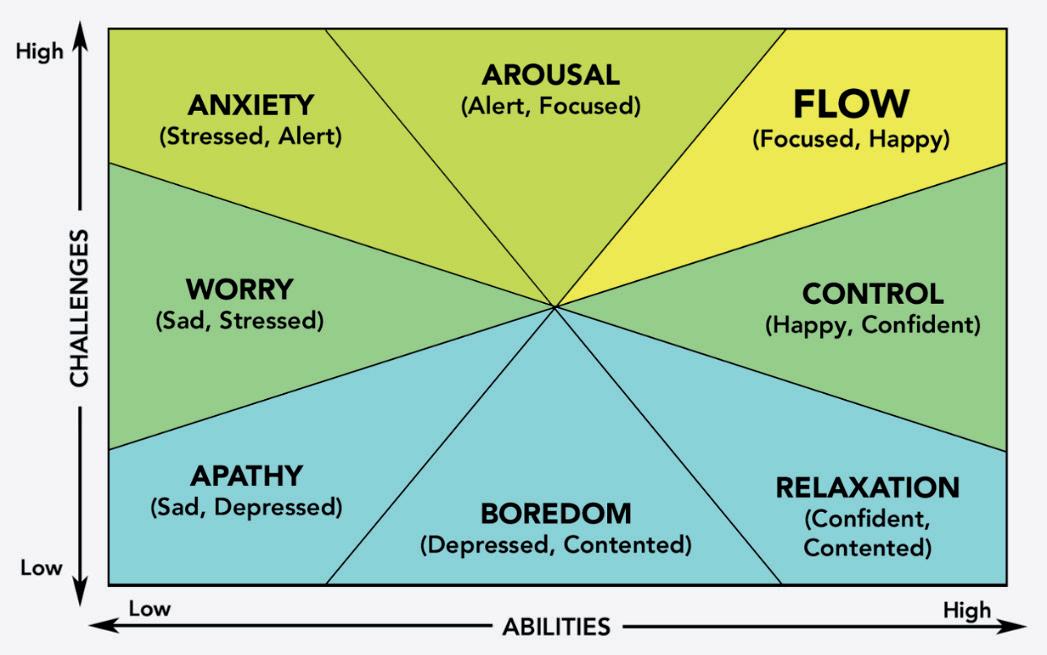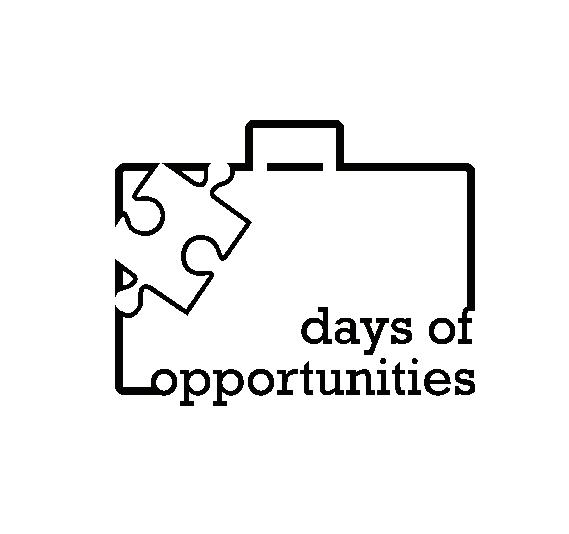
2 minute read
The Economics of street markets
the economics of street markets by Morten Hansen
Think of the following: You have a one-kilometer long beach. That should create demand for ice cream but where to locate your ice cream parlour? Easy – in the middle of the beach. But what if a competitor enters and also wants to maximize profits? To get (potential) access to as many customers as possible, the best for the newcomer is to set up shop right next to the existing vendor and then you have what we call agglomeration; a sort of clustering. It works in many other areas, too. Think of a young person who thinks about studying either English or Danish. After having thought this over carefully for 0.01 second, the person opts for English. Why? Obvious answer – it is much more useful because there are so many you can speak English with. But – and this is where it gets exciting – this adds to the number of persons who speak English and thus makes it even more useful for others to learn it – the more people who speak it, the more attractive it is to learn it but then more people speak it and it is EVEN more attractive to learn and you have a snowball effect with no equilibrium but the lesson is this: English is the number one foreign language exactly because it is … number one! Banking: A new bank considers setting up shop in Riga or Vilnius. Riga has the biggest pool of bankers i.e. potential employees so they choose Riga, employs some, helps train new people and Riga becomes EVEN more attractive for banks. Lesson: Riga is a financial centre and will remain one. Only very major events disrupt this – the Pound Sterling lost its status as the world’s main currency with the UK losing its empire and America’s rising dominance after WW I and II and – perhaps but only perhaps – London may lose its status as a major financial centre if there is a really hard Brexit. OK, that wasn’t much about street markets but this often quite pleasant invention (try out Kalnciema kvartāls if you haven’t already done so) also reflects agglomeration. Say, two shops may attract 1000 customers each but if they are next to each other they may attract altogether 2500 (super-additivity; sort of when 2+2 = 5) since some will find it attractive just to go between shops. Result: Many shops, though competitors, will find it attractive to cluster in the same area and kazam!, you have a street market. And if you want a really weird example here in Riga, then take a walk down Avotu iela….
Advertisement










